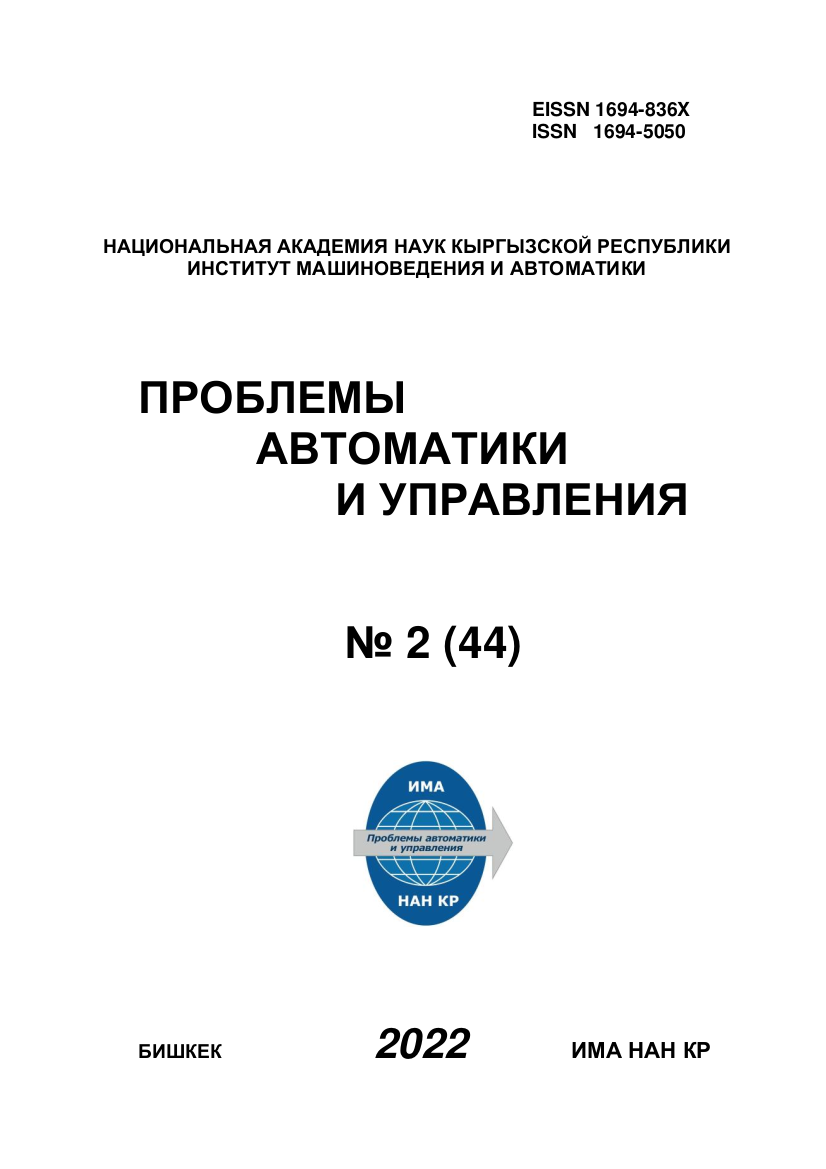APPLICATION OF THE KOMPASFLOW ENVIRONMENT TO DEMONSTRATE THE LIQUID FLOW OF A GRAVITATIONAL WHIRLPOOL HYDROPOWER POWER PLANT
Keywords:
hydroelectric power station; micro hydroelectric power station; head; water consumption; power; production; hydro turbine; hydro generator; whirlpool; kompas-3D; computational fluid dynamics (CFD); renewable energy sources.Abstract
The article considers the problem of developing a gravitational water vortex microhydroelectric power station (GWVmHPP), in which the speed of the whirlpool flow, which is formed due to gravity, is used to generate electrical energy. This technology is relatively new in the field of hydroelectric power. Fluid flow in GWVmHPP with three different models of hydroturbines in a cylindrical basin was modeled using the KompasFlow software. The basic equation of fluid motion is the Navier-Stokes equation. A detailed description of the modeling algorithm is given. The results of a numerical experiment of the models are presented.
References
Медеров, Т.Т. Моделирование и исследование процессов преобразования энергии в бироторной микроГЭС/ Медеров Т.Т., Обозов А.Дж., Акпаралиев Р.А., Ураимов Р.У. // Известия Кыргызского государственного технического университета им. И. Раззакова, №32, Бишкек, 2014. - С. 273-278.
T.R. Bajracharya, R.M. Ghimire, A.B. Timilsina Design and performance analysis of water vortex powerplant in context of Nepal, 20th International Seminar on Hydropower Plants, 14-16 November 2018, Vienna, Austria.
A. B. Timilsina, S. Mulligan, and T. R. Bajracharya, “Water vortex hydropower technology: a state-of-the-art review of developmental trends,” Clean Technologies and Environmental Policy, vol. 20, no. 8, pp. 1737–1760, 2018.
Медеров, Т.Т. Результаты построения гидродинамической модели турбины микроГЭС / Т.Т. Медеров. // Известия Кыргызского государственного технического университета им. И. Раззакова, №33, Бишкек, 2015. - С. 273-278.
Викторов, Г.В. Гидродинамическая теория решеток. - М.: «Высшая школа», 1969. – 368 с.
Wanchat S. and R. Suntivarakorn. Preliminary design of a vortex pool for electrical generation / S. Wanchat, R. Suntivarakorn // Journal of Computational and Theoretical Nanoscience, 13(1), 2011.
Обозов, А.Дж. Возобновляемые источники энергии: учебное пособие для вузов. – Бишкек, ИЦ «Текник», 2010 г. – 264 стр.
Лойцянский, Л.Г. Механика жидкости и газа: Учеб. для вузов. – Изд. 7-е / Л.Г. Лойцянский. М.: Дрофа, 2003. – 840 с.
Бакасова, А.Б. Расширенные варианты использования гидроветряной электроустановки и автоматическая стабилизация режимов ее работы/ Бакасова А.Б., Асанов М.С., Сатаркулов К. // Проблемы автоматики и управления. –2021.–No3(42). –С. 4–14.
https://kompas.ru/source/info_materials/2018/KompasFlow-Help.pdf (Дата обращения: 01.11.21)
Downloads
Published
Issue
Section
Categories
License
Copyright (c) 2022 Алайбек Обозов, Таалайбек Медеров, Руслан Акпаралиев, Казбек Оразбаев

This work is licensed under a Creative Commons Attribution 4.0 International License.


